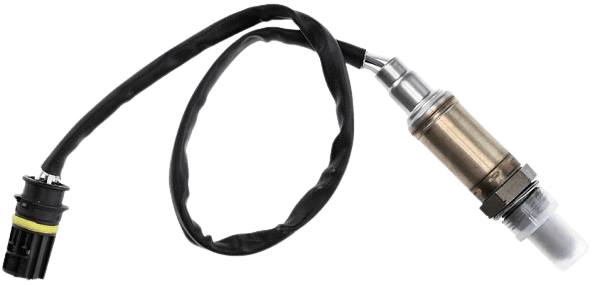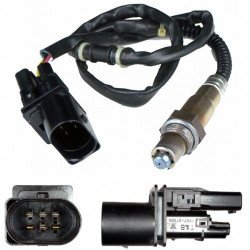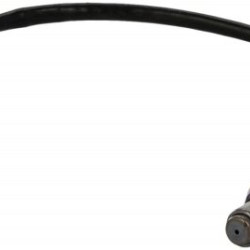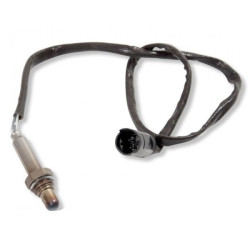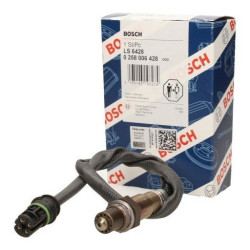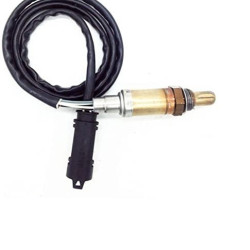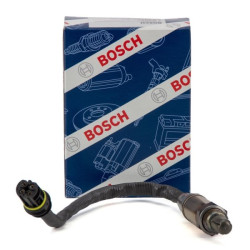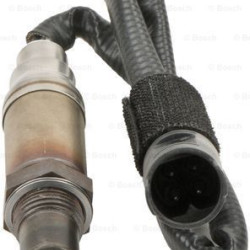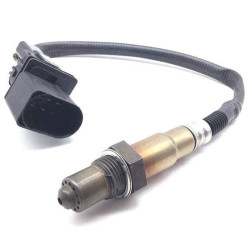BMW Lambda Sensor
The Lambda (Oxygen) Sensor is a sensor that measures the amount of oxygen between gas and liquid. The lambda sensor, which controls the air-fuel mixture, also creates a pressure critical along with the oxygen measurement. There are two oxygen sensors in the vehicle. One is located between the exhaust manifold and the catalyst, while the other is at the catalyst outlet.
The lambda sensor is a sensor that measures the oxygen content of exhaust gases in vehicles and transmits this information to the engine control unit (ECU). The primary function of the lambda sensor is to ensure the correct ratio of the air-fuel mixture to optimize the combustion process of the engine. Here are the functions of the lambda sensor:
Adjusting the Air-Fuel Mixture: The lambda sensor measures the amount of oxygen in the exhaust gases. This information is transmitted to the engine control unit to help determine whether the air-fuel mixture is rich (too much fuel) or lean (too little fuel). The engine control unit uses this information to adjust the fuel amount and injection timing of the injectors, thus achieving the ideal air-fuel mixture.
Emission Control: The lambda sensor monitors the combustion efficiency of the engine and ensures the correct ratio of the air-fuel mixture. The correct ratio of the air-fuel mixture reduces exhaust emissions and minimizes environmental impacts. Thanks to the lambda sensor, the emission values of the engine are kept at appropriate levels, and harmful gas emissions into the environment are reduced.
Monitoring Catalytic Converter Efficiency: The lambda sensor measures the oxygen content of the exhaust gases to monitor the efficiency of the catalytic converter. The catalytic converter converts harmful components in the exhaust gases (such as carbon monoxide, nitrogen oxides) into less harmful components. The lambda sensor increases the effectiveness of the catalytic converter by providing the correct air-fuel mixture.
Optimizing Engine Performance and Fuel Economy: The lambda sensor optimizes engine performance and fuel economy with the correct air-fuel mixture. Efficient combustion means more power production and less fuel consumption. The lambda sensor improves engine performance and increases fuel efficiency by maintaining this balance.
The lambda sensor reduces emissions by ensuring the engine operates with the correct air-fuel mixture, monitors the efficiency of the catalytic converter, and optimizes engine performance.
 Türkçe
Türkçe
 English
English
 Русский
Русский

